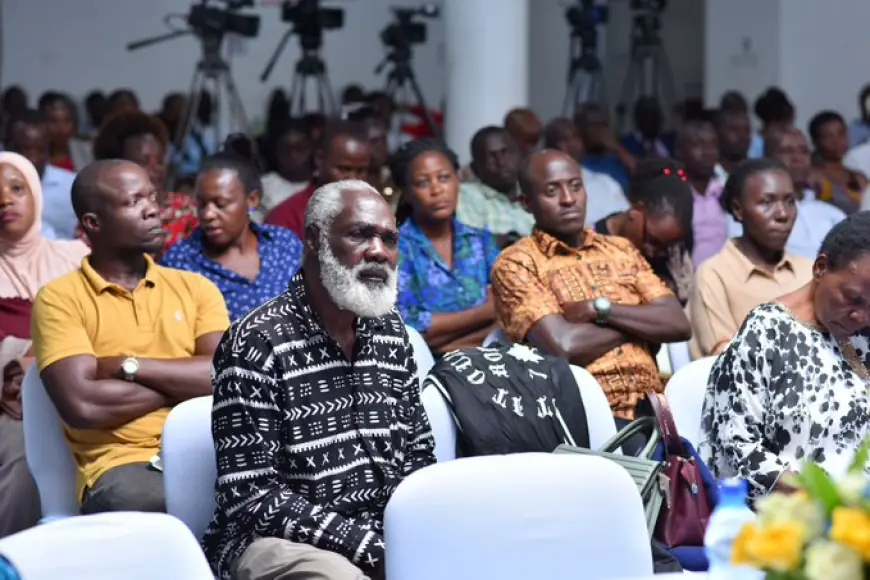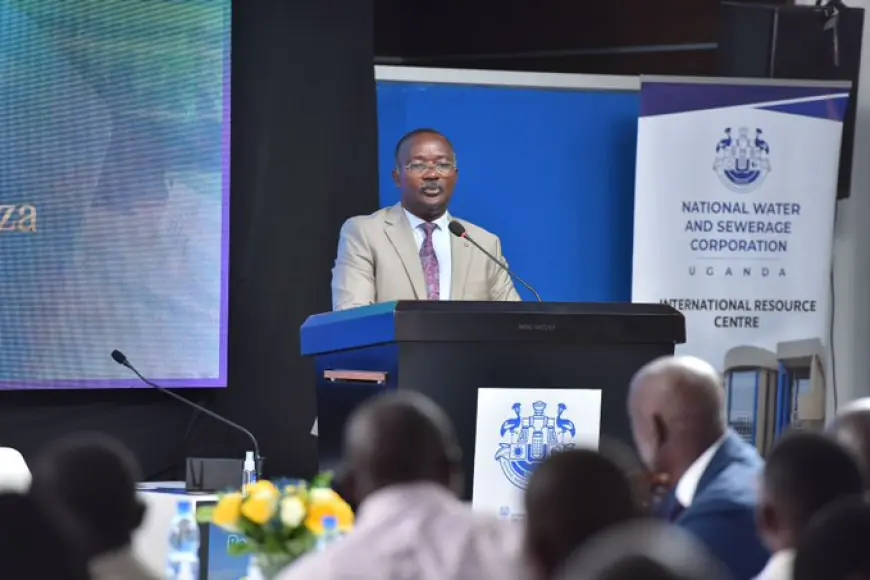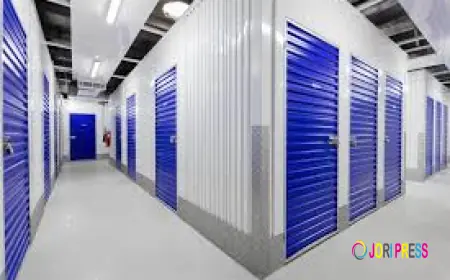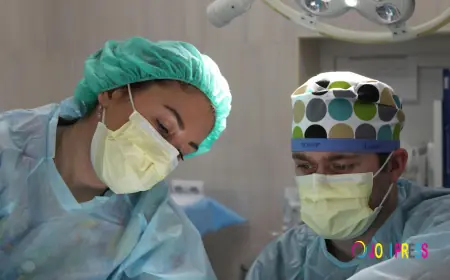Kampala residents, local leaders applaud NWSC Baraza platforms for addressing their water access concerns.

The Baraza platform, a flagship initiative by National Water and Sewerage (NWSC) through convening stakeholders, has been commended by various community leaders and residents for addressing their water utility concerns, which they say still face some challenges despite an increase in the production capacity of volumes supplied by two major water plants. The challenges leaders say arise due to the increasing demand of water driven by the increasing population in Kampala and the surrounding areas, distribution network limitations among others.
A recent stakeholder meeting, which convened a diverse group, including market leaders, Local Council officials, mayors, parish heads, school representatives, and customers, was convened to discuss and shape the future of water services and how NWSC is improving water access in Kampala, especially in areas like Kawempe and Nansana and others that are part of the Kampala Water supply system.
According to NWSC, the quarterly public interest Barazas' is a platform of accountability to the customers and stakeholders in line with its 3-year corporate plan, with strategic focus areas including customer experience, corporate social investment, and partnerships.
The MD NWSC Eng. Silver Mugisha said that NWSC has commended customers who pay their water utility bills, which he said supports their work.
“NWSC has expounded on the short-term solutions in place. We want to thank our paying customers because that’s what finances our day-to-day activities. Let me also thank the leaders for being Hope Ambassadors,” he said .

Eng. Silver Mugisha addressing one of the Barazas in Kampala
He said that NWSC Baraza is a message to the people of Kampala that the corporation is working to serve them, adding that NWSC produces over 400million litres daily/day from Katosi and Ggaba water works, against the demand of 320 million litres of water per day.
“Through the baraza, the corporation shares its service delivery plans & gathers feedback to drive improvements in its service,” he said.
The General Manager of NWSC Kampala, Eng. Mahmood Lutaaya revealed various efforts aimed at bridge water supply gaps in the Kampala Metropolitan area through Kampala Water Supply Improvement Project Package to evacuate more water from Katosi to Sonde, Kungu & Kanyanya Hills.
“We have shown Ugandans that we can successfully run this plant. We’ve gained valuable experience in providing water services not only in Uganda but in other African countries as well. We are passionate about serving our clients.” Eng. Mahmood Lutaaya explains the details of the Kampala Water project.
He stated that Kampala Water not only serves areas within Kampala but also parts of Mukono and Wakiso districts and narrated the past water supply challenges that Kampala areas faced.
“10 yrs ago, Kampala was faced with challenges of limited water supply amid ever-increasing demand. Demand for water was 300 million liters of water per day, yet water production was only 240 million liters per day,” he said \
The Mayor of Central Kampala, Salim Uhuru, expressed his gratitude to the Baraza, saying that they are very important in nurturing community engagements to address their concerns.
Lubega Martin, a Councillor from Nansana Municipal Council, urged NWSC to extend water supply to his area in Busukuma in Wakiso where there are factories manufacturing water for drinking.
“I wonder whether my area Busukuma, will get a solution to its water scarcity problem, given that one Mineral water factory in the area reduced its supply for the rest,” he said
Galiwango John, a resident of Nansana said that after listening to NWSC engineers talking about the expansion of supply networks in his area, he was optimistic that his area's water problem is solved.
The sites under the Kampala Water Supply Improvement Project Package 2B is one of the major infrastructure upgrades aimed at improving supply to underserved areas with some ongoing & planned interventions to improve water supply.
According to NWSC, the Package 2B expansion project, which has already started, is aimed at constructing 72 kilometers of new pipe networks, reservoirs, and booster pumping stations to improve access to expand the network, delivering excess water to areas with intermittent or no supply, including Kira, Kasangati, Kanyanya, Gayaza Road, Kitezi, Kawanda, Matugga, Kawempe, Nansana, Mutungo, Bweyogere, and Wakiso.
The completion and operationalization of the Katosi Water Treatment Plant increased production by 160,000 m3 per day and with provision for future expansion to 240,000m³per day
The piped water system in Kampala was established in 1930, serving 30,000-50,000 people. The city population has since expanded rapidly to nearly 5 million, causing scarcity issues a decade ago, with demand at 300 million liters/day & production at 240 million liters/day
What's Your Reaction?
 Like
0
Like
0
 Dislike
0
Dislike
0
 Love
0
Love
0
 Funny
0
Funny
0
 Angry
0
Angry
0
 Sad
0
Sad
0
 Wow
0
Wow
0

















































